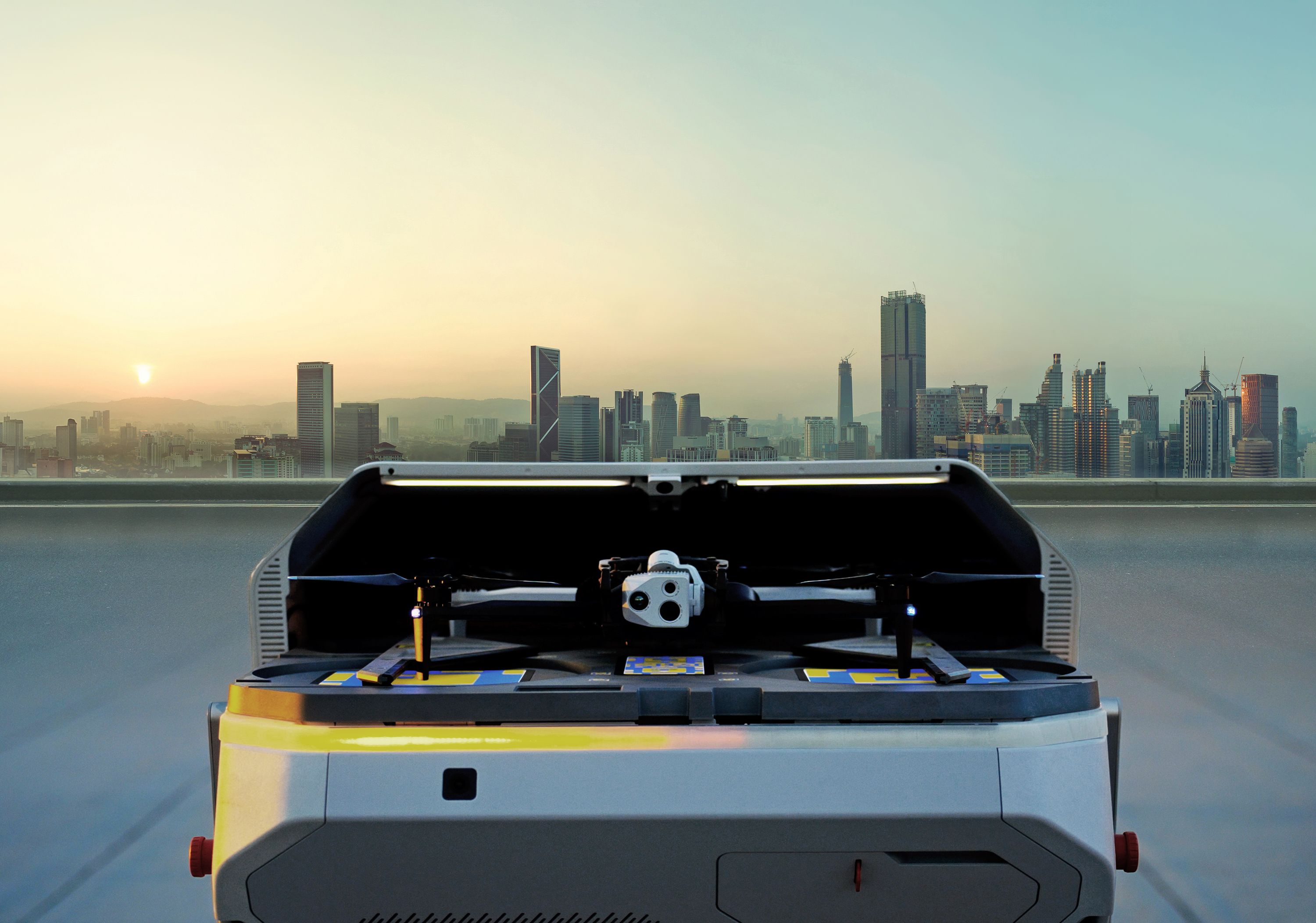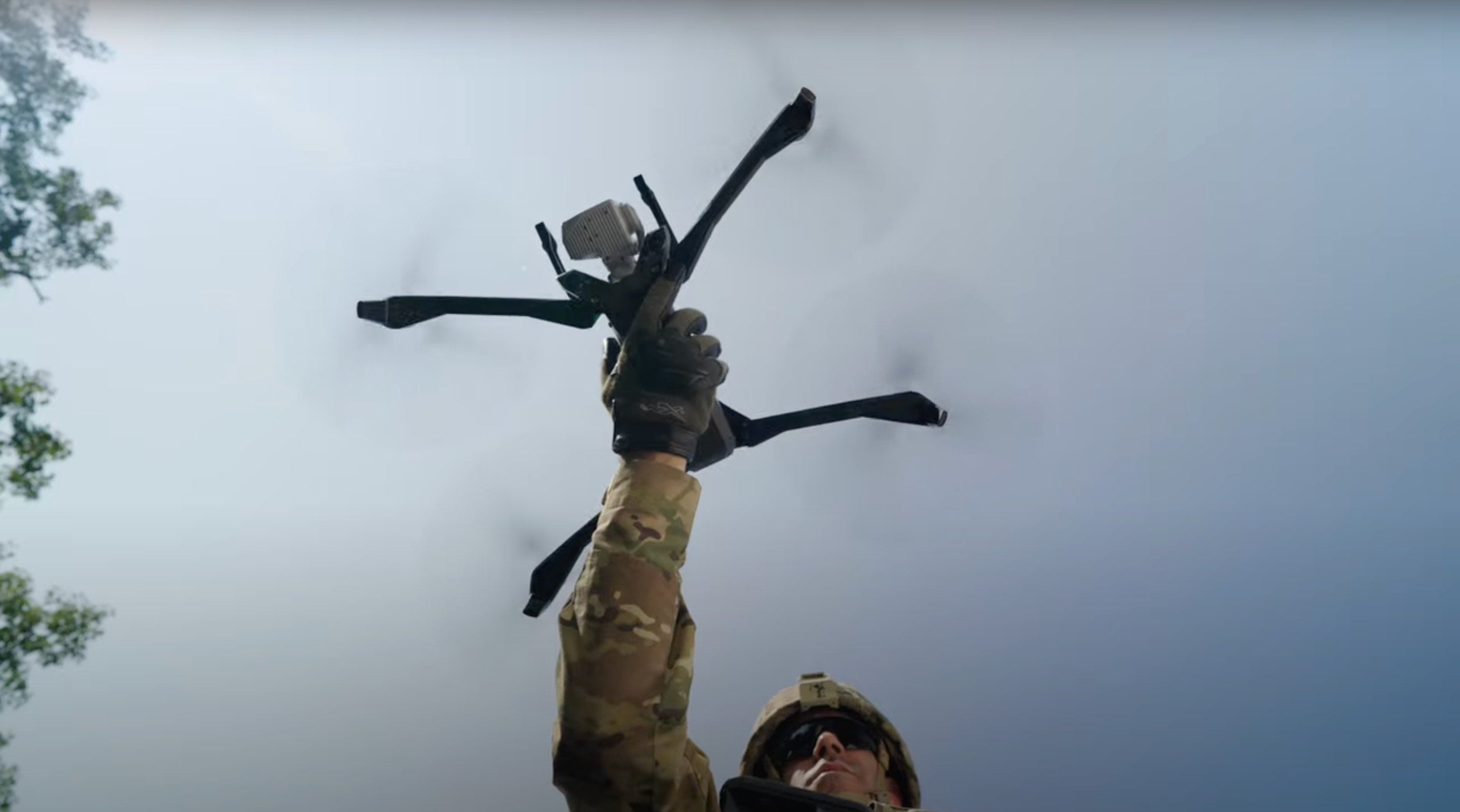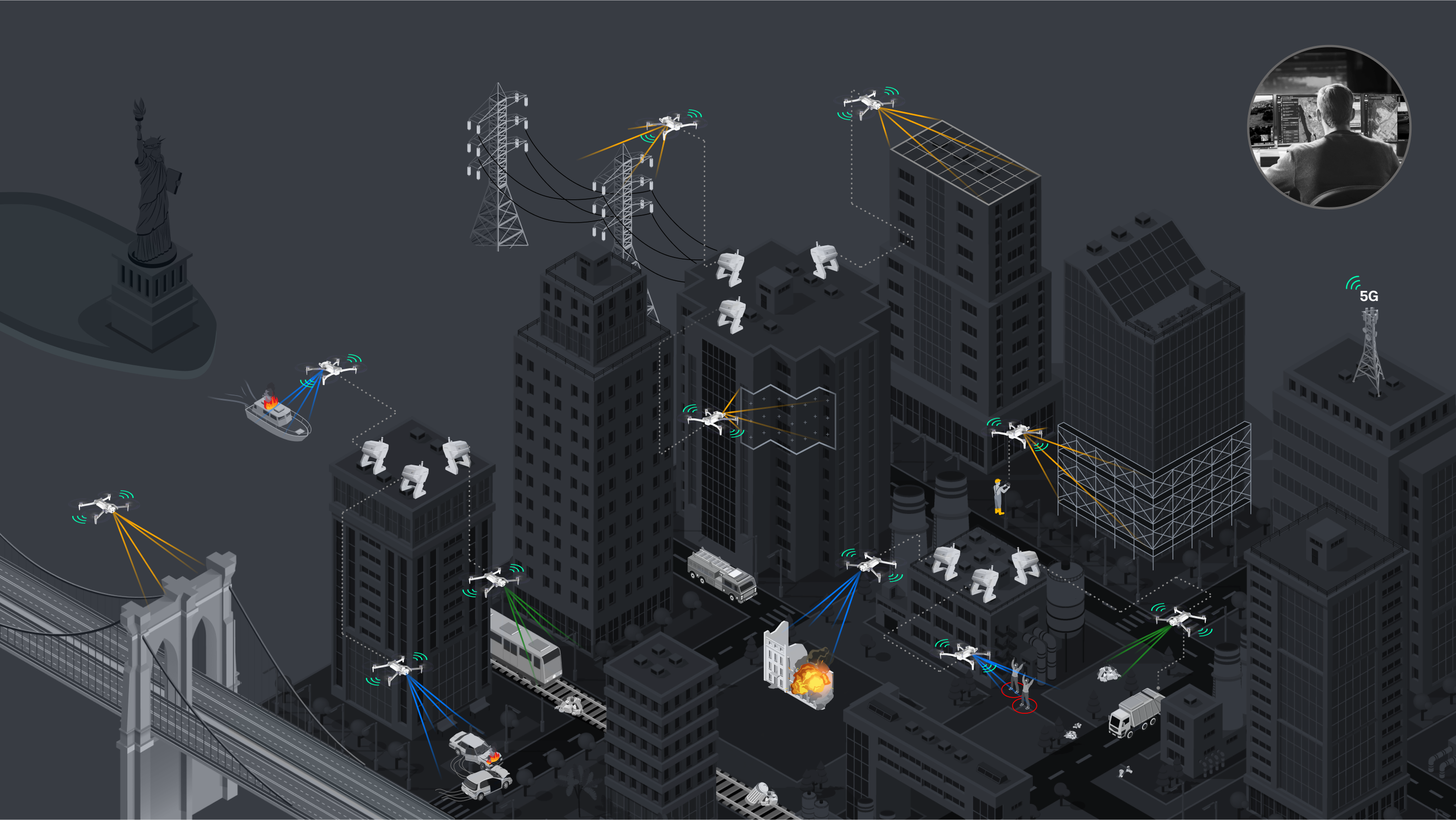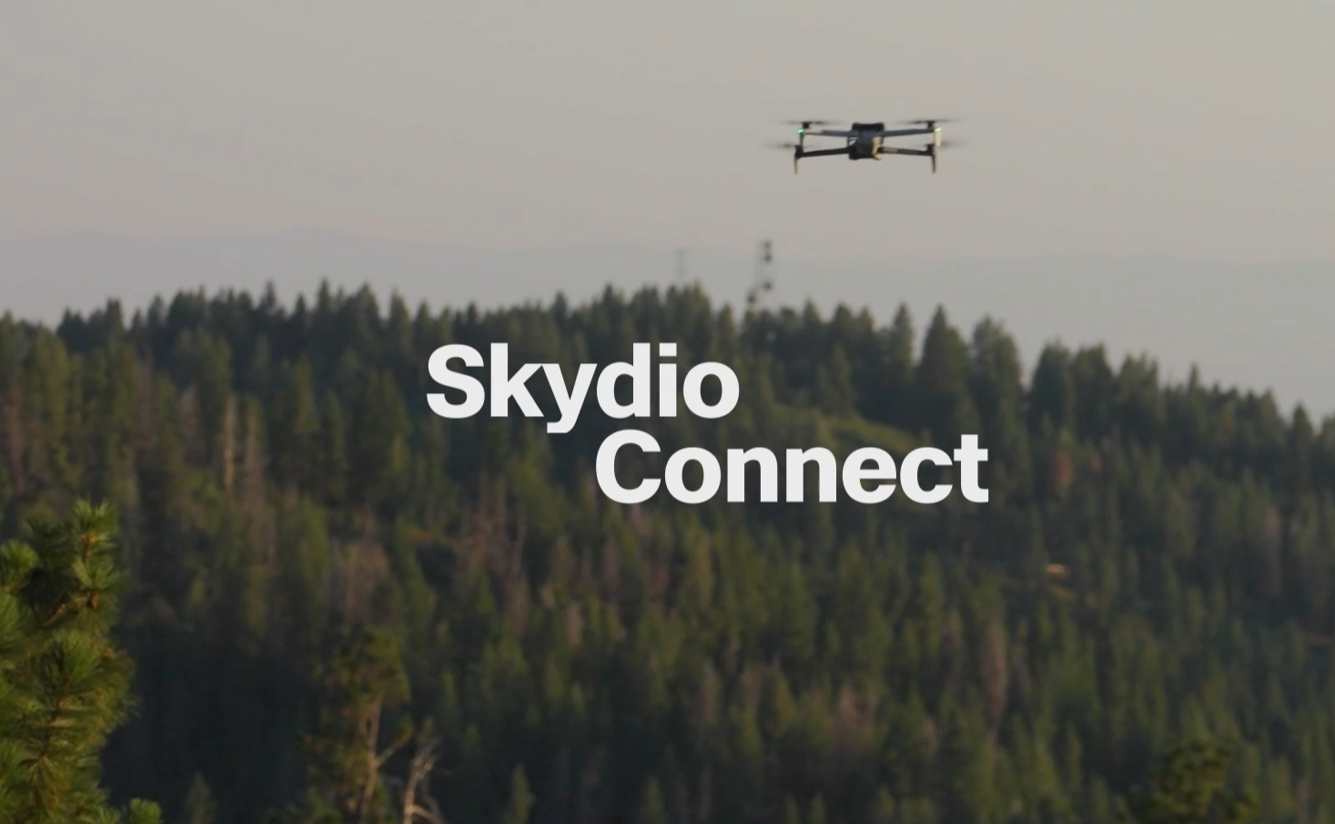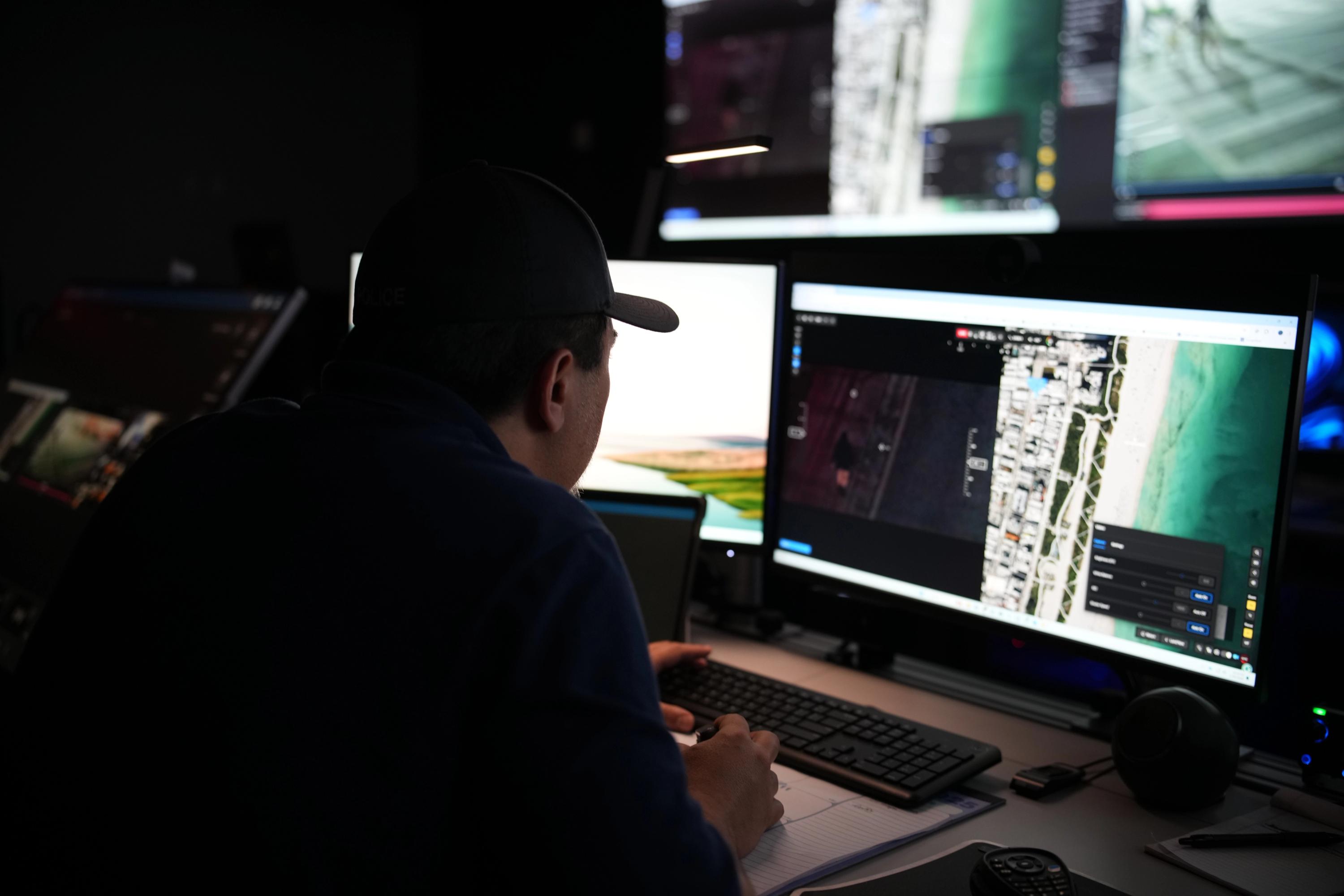Skydio Announces Upgraded Suite of Wireless and Connectivity Capabilities
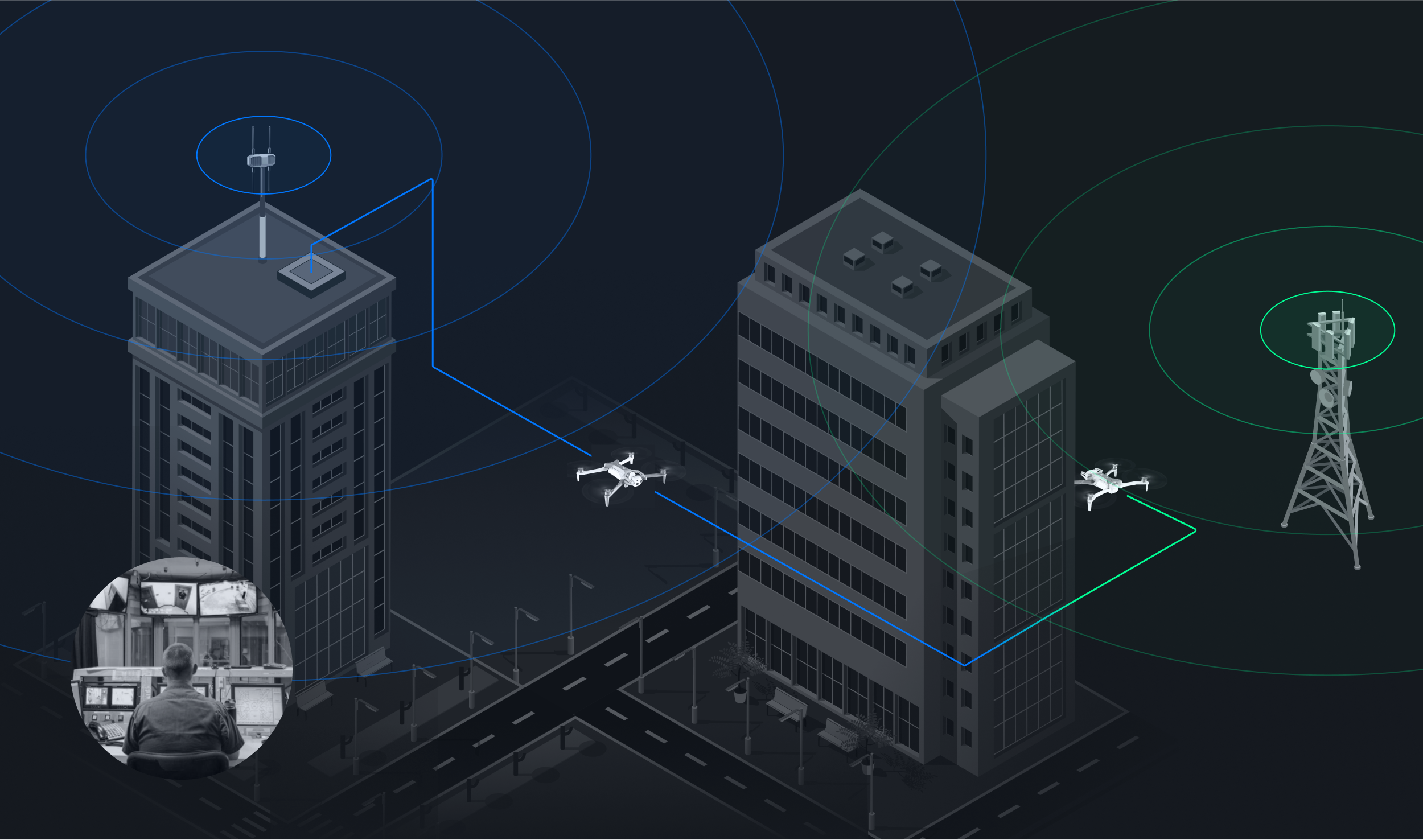
Skydio X10 has been in the market for 8 months and we’re seeing customers do incredible things. But we’ve also seen too many instances where our existing connectivity solutions could better support the mission. Any failed mission is unacceptable. Today, we’re announcing new products and improvements to existing products to improve X10 connectivity and unlock new use cases.
Traditional point-to-point connectivity is inherently limiting
Organizations of all kinds are realizing the benefits of real-time information that drones can provide. Public safety agencies, for example, have been using drones for years to protect and serve their communities. While there have been many success stories using traditional line-of-sight drone operations, these earlier systems have relied on point-to-point radio connectivity that could achieve several miles of range in flat, rural settings, but would easily lose connection once obstacles such as buildings, hills, and trees get in the way.
The complex needs of scaled Drone as First Responder (DFR) initiatives - which can include flying a drone low and behind buildings, peering around corners, passing through a forest, following a subject for miles across town or even cresting over a mountain ridge - will not be met by even the best point-to-point solutions.
Skydio Connect SL is the point-to-point connectivity technology used by the Skydio X10, connecting the controller to the drone for data streams as well as command and control. This generation of Connect SL is better than previous generations, but still has limitations. Line-of-sight is generally required and strength of signal is limited based on the laws of physics (and FCC regulations).
The drone world’s first multi-modal connectivity solution
Skydio Connect Fusion solves this problem by seamlessly combining modular point-to-point radio systems with 5G and LTE cellular networks to create the first ever true city-wide drone connectivity solution. Skydio X10 is the first mass-produced small drone that has 5G cellular built-in. As part of that architecture, we created pathways for deep fusion between the different types of network technologies. We are now building on those pathways so the X10 can use multi-link operations for the best connectivity network option available at any point in the mission. Whether you are searching for a lost hiker on the outskirts of the county where cellular service might be weak, or looking for a suspect in a dense urban area where line-of-sight connections are limited, Skydio Connect Fusion gives you the connectivity you need to protect and serve your community.
Skydio Connect Fusion will be implemented in phases with initial capabilities available in the second half of 2024. Skydio customers who are already using Skydio Connect 5G will be automatically upgraded to Skydio Connect Fusion at no additional cost when it is available
Along with Skydio Connect Fusion, we’re also creating a new product offering to get Fusion’s range extension capabilities at the edge from our Controller for X10 without having to purchase additional cloud software.
Any U.S. Skydio customer with a 5G-enabled X10 who hasn’t yet purchased Skydio Connect 5G will have access to a free trial of Fusion when it’s released.
Public safety agencies need seamless coverage everywhere they serve, to bring DFR programs to life. Skydio Connect Fusion is built to deliver just that.

More updates to improve Skydio Connect SL and Connect 5G
In addition to the seamless fusion of Connect SL and Connect 5G, we’ve been hard at work improving our existing connectivity capabilities. Here is a preview of what’s coming:
- Multiple carrier redundancy and first responder networks. Currently, Skydio Connect 5G is available on the T-Mobile network. T-Mobile has been a great partner and we have been working with several of our customers to be able to connect to T-Mobile’s Wireless Priority Service, a network dedicated to first responders. Redundancy is also critical to our customers and soon we will offer support for all of the major carriers in the US and Japan, including their priority first responder networks. To simplify procurement, we are coordinating with the mobile carriers to help them create effective drone data plans so our customers can simply choose their own preferred carrier and plan.
- Dynamic channel selection. Skydio X10 will be able to dynamically switch to the best channel available automatically in flight. First introduced with the X10D, this capability leverages X10 radio capabilities to scan the RF environment in the background while the radio is running, then dynamically move to the best channel available. This will result in more reliable connections, better range, and better video quality when flying with the point-to-point radio.
- Intelligent handling of degraded connections. Skydio will continue to get smarter about how video and data streams are managed given the wireless connection available - ensuring that communication with the drone is maintained as long as a radio link is available, even when video is not being transmitted due to less available bandwidth. This ensures that critical missions can continue, delivering that true ubiquitous coverage.
A recent X10 flight up and over Lewis Peak in Utah. Multiple flights were conducted using multiple connectivity options, including those available today. All successfully reached the target location without interruption. Video is 2x speed, but otherwise has not been edited.
New Skydio Connect External Radio brings connectivity to anywhere its needed
Oftentimes the best place to put a radio is some distance from an operator or another control device like a Dock. For example, on the modern battlefield the operator can't rely on cellular, and needs to be far away from the transmitter. Nowhere is this more present than in Ukraine, where drone operators seek to separate their location from the drone’s location by as wide a margin as possible to keep themselves safe from enemy fire. Radio signals can be detected by the enemy and disclose a location. Having an operator at that location would put them directly in harm’s way.
Skydio Connect External Radio addresses this need. Access Points are dedicated radio units that broadcast signals, connecting to the X10 and X10D. With an ethernet backhaul, Access Points can be connected to local networks, the controller over long wired connections, or even Starlink for command and control as well as data streaming. Access Points can support a variety of different antennas depending on the type of mission.
Skydio Connect External Radio can also act to increase network coverage throughout a city or region where cellular connectivity is weak, further increasing the range of the X10.
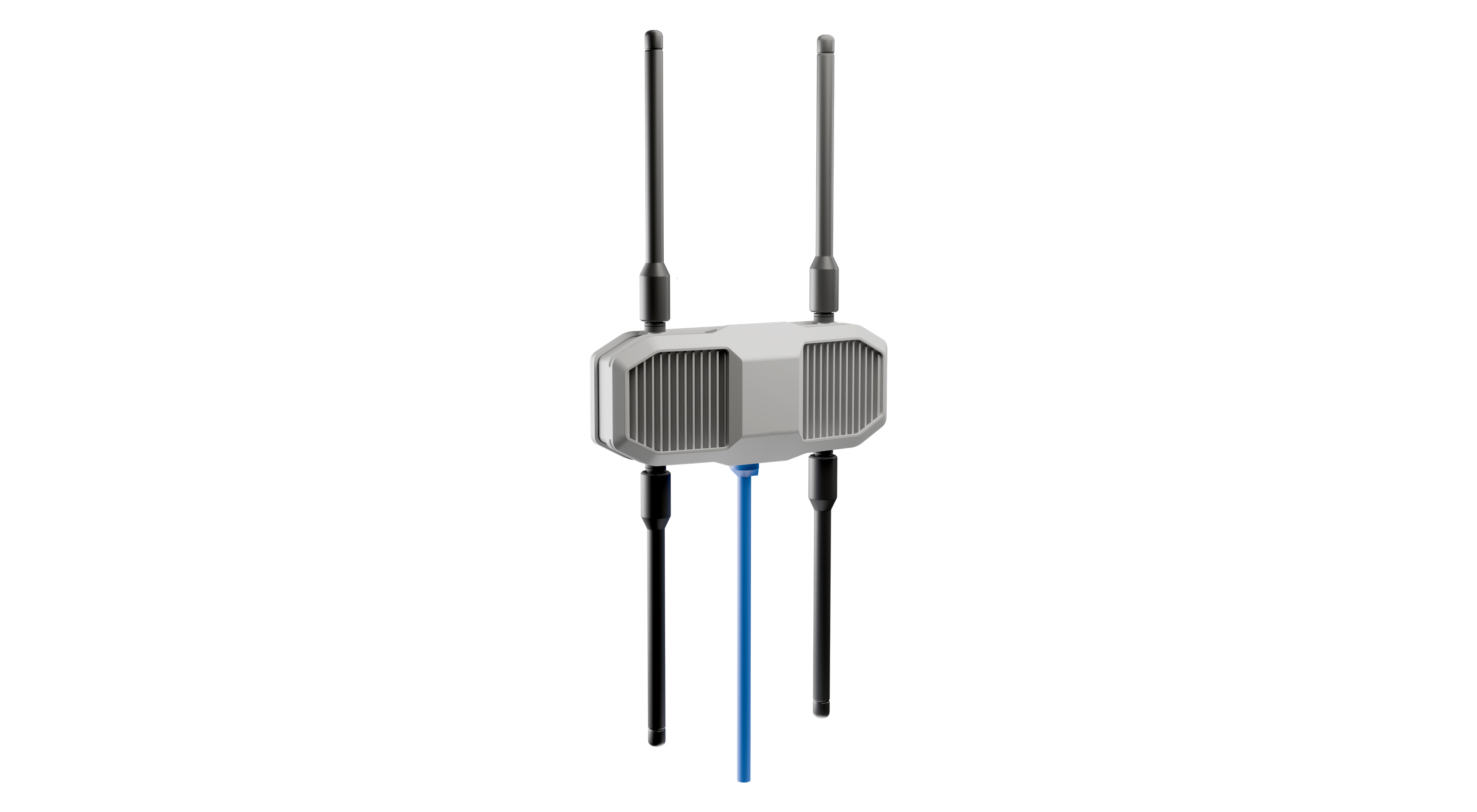
Skydio Connect External Radio is already in testing, including in Ukraine, and will be generally available early next year.
Skydio Autonomy helps ensure connectivity in the most challenging conditions
No connectivity solution will ever be perfect. Skydio’s world-leading AI and autonomy capabilities can deal with these challenges.
In the future, Skydio Autonomy will work to get you re-connected anytime a connectivity problem arises. For instance, if you fly into an area with poor cellular coverage, Skydio Autonomy will back track to regain signal and get you back on mission.
Additionally, Skydio Autonomy will be able to behave intelligently based on the coverage conditions in your area. When flying an autonomous mission (ex: flying to the location of a 911 call), it will adjust its course to avoid areas with known coverage issues. When flying a manually piloted mission, it will keep the pilot informed of areas with known coverage issues and recommend paths to avoid.
Our job never stops
We share a joint vision with our customers of a world where drones are always available to capture and deliver information to the right people who need it, at the moment they need it. Skydio Connect is essential to realizing this vision. The products above take us a step closer to realizing this vision, and we will continue rapid learning, iteration, and innovation.
About the authors:
Ryan Reading is VP, Software Engineering at Skydio.
